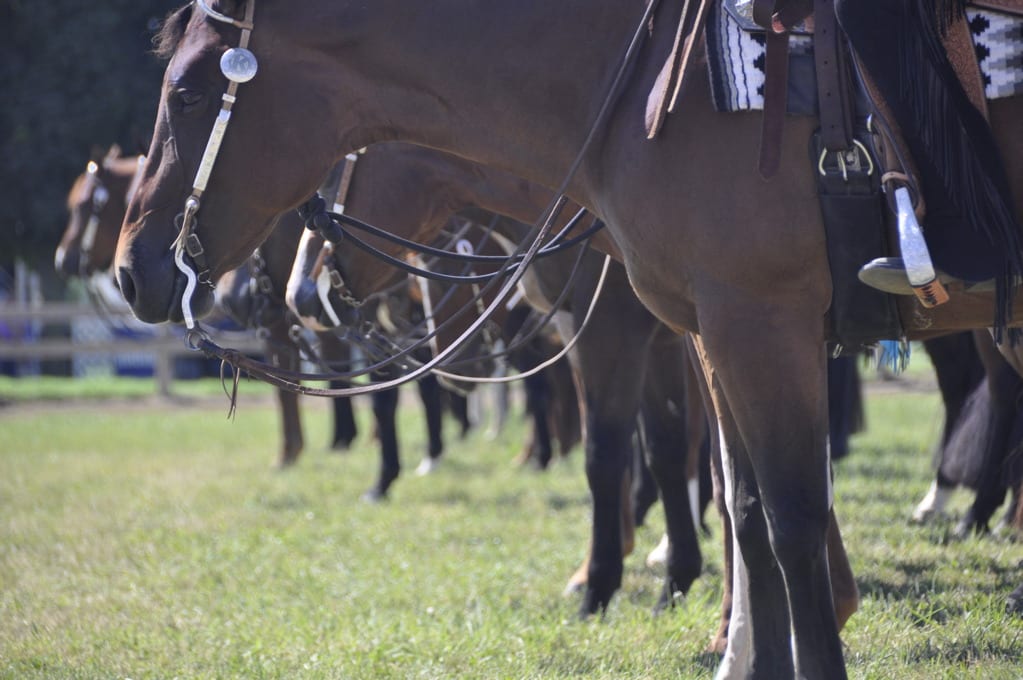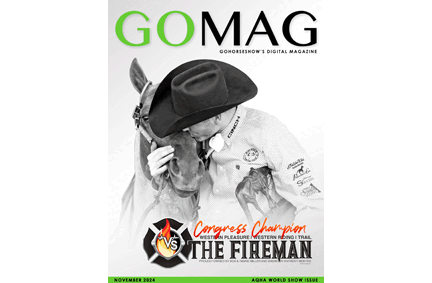When it comes to protecting your horses from respiratory disease, Mom was right when she preached that “an ounce of prevention is worth a pound of cure.”
Prevention of respiratory disease is a three-fold process. The first is to vaccinate your horses against the most common respiratory diseases, equine influenza virus (flu) and equine rhinopneumonitis virus (rhino), at least two to three weeks before a scheduled trip. Even if your horses have been vaccinated earlier in the year, a booster vaccination will bolster their immune system and provide added protection. It is also a good idea to visit with your local equine veterinarian to determine if there are any other vaccinations that he or she recommends.
The second strategy is to prevent, as much as possible, exposure to the viruses and bacteria that cause respiratory disease. Most respiratory disease are “social diseases” that are transmitted horse to horse by contact, coughing, sharing items such as waterers, feed buckets, stalls or even the same air space. Don’t underestimate the value of reducing exposure to these diseases by cleaning and disinfecting the stall area before moving your horse in. If the horse that occupied the stall prior to your horse was sick, it is very likely that the causative agent is still present.
Of course, you won’t be able to eliminate all the potentially harmful
organisms from a stall or equipment, but you can dramatically reduce
the number of bacterial and vital agents by thoroughly cleaning and
disinfecting the stall. Make sure you remove as much dust and dirt as
possible from the entire stall, including the door, floor and walls. A
simple shop vacuum works well, and a piece of PVC pipe makes a great
extension to reach high areas.
Then apply a disinfectant with a stiff brush to all areas of the
stall, including latches, buckets, etc. A chlorhexadine-type
disinfectant works well. Allow the stall to air dry, which doesn’t take
very long, before rebedding. If the stall has a strong ammonia odor due
to urine accumulation, put a thin coat of agricultural lime on the floor
before rebedding. This will reduce odor and discourage the growth of
bacteria. However, make sure the stall is well bedded and the horse
doesn’t have direct contact with the lime, because it could burn the
horse’s skin.
The third strategy in preventing respiratory disease at a crowded
horse show is to ensure that your horse’s stall is well-ventilated. As a
rule of thumb, a barn should have at least eight to 10 air exchanges
per hour. That means that all of the air in a building should be
completely replaced every six to seven minutes. The proper amount of air
movement is about two miles per hour, a small amount of airflow that
should feel like a very faint breeze.
Most horse show stall areas have good ceiling height to allow the
stagnant air to rise, but there are seldom enough open doors or windows
to provide the amount of fresh air needed to create good air circulation
and meet the air exchange rule of thumb. Ideally, air should come in
through windows and doors and go out through vents in the roof. If you
can’t secure stalls that are near windows or doors that can be opened to
provide fresh air, use fans set on low speed to move the air. Even
during cold weather, good ventilation is critical.
Part II of this story to appear soon. For more, visit America’s Horse Daily.







